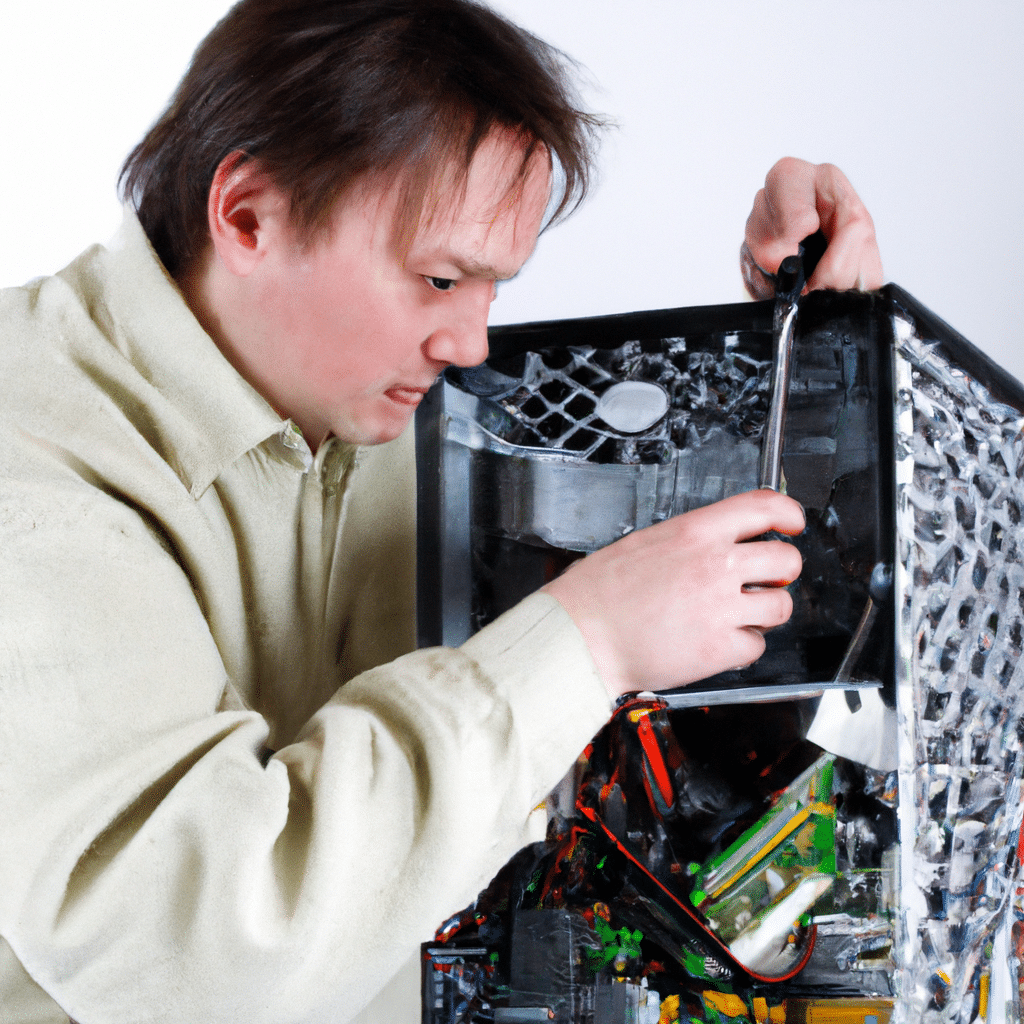Graphics cards are an essential component of any computer system, but they can sometimes experience power issues. These issues can range from inadequate power supply to overheating, and they can cause the graphics card to malfunction or even fail completely. In this article, we’ll discuss how to fix graphics card power issues and ensure your system runs smoothly.

Checking Power Supply
The first thing you should check when you experience graphics card power issues is your power supply. Inadequate power supply can cause your graphics card to fail or malfunction. To check your power supply, follow these steps:
-
Turn off your computer and unplug it from the power source.
-
Open your computer case and locate the power supply unit (PSU).
-
Check the wattage of your PSU. It should be at least 500 watts for a mid-range graphics card and 600 watts for a high-end graphics card.
-
Check the cables that connect the PSU to the graphics card. Make sure they are securely attached and not damaged.
-
If your PSU is inadequate, you should replace it with a higher wattage PSU.
Cleaning the Graphics Card
Dirt and dust can accumulate on the graphics card over time, causing it to overheat and malfunction. If you notice that your graphics card is overheating, it’s time to clean it. Here’s how:
-
Turn off your computer and unplug it from the power source.
-
Open your computer case and locate the graphics card.
-
Gently remove the graphics card from its slot.
-
Use a can of compressed air to blow the dirt and dust off the graphics card.
-
Use a soft brush to remove any remaining dirt and dust.
-
Reinsert the graphics card back into its slot and make sure it’s securely attached.
Updating Graphics Card Drivers
Outdated graphics card drivers can cause power issues, so it’s important to keep them up to date. Here’s how to update your graphics card drivers:
-
Go to the website of the graphics card manufacturer.
-
Locate the drivers section and download the latest drivers for your graphics card.
-
Install the drivers according to the manufacturer’s instructions.
-
Restart your computer.
Adjusting Graphics Card Settings
Sometimes adjusting the graphics card settings can help fix power issues. Here’s how:
-
Right-click on the desktop and select “NVIDIA Control Panel” or “AMD Radeon Settings.”
-
Click on “Manage 3D Settings” or “Gaming.”
-
Adjust the power management mode to “Prefer maximum performance.”
-
Adjust the fan speed to a higher setting.
-
Apply the changes and restart your computer.
Conclusion
Graphics card power issues can be frustrating, but they can be fixed with some simple troubleshooting steps. By checking your power supply, cleaning your graphics card, updating your drivers, and adjusting your settings, you can ensure that your graphics card runs smoothly and efficiently. Remember to always follow the manufacturer’s instructions when making any changes to your system. With these tips, you’ll be able to fix graphics card power issues and enjoy a smooth computing experience.












